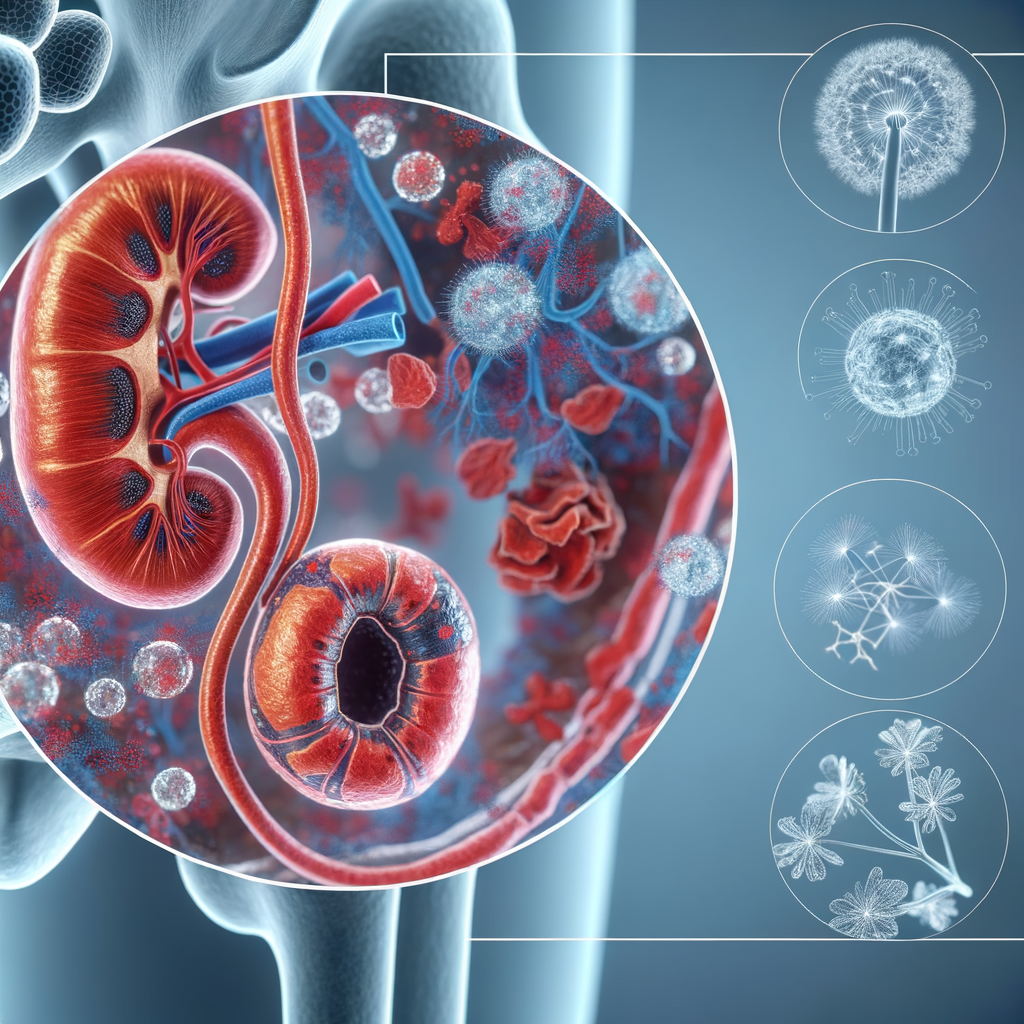Understanding Urinary Incontinence Injury

Urinary incontinence, a common and often embarrassing problem, is the inability to control urination. It can range from an occasional leakage of urine to a complete inability to hold any urine. This condition can lead to physical injuries, such as skin problems and falls, and can also have a significant impact on a person’s quality of life. This article will delve into the causes, types, and effects of urinary incontinence injury.
Causes of Urinary Incontinence
Urinary incontinence can be caused by everyday habits, underlying medical conditions, or physical problems. Some common causes include urinary tract infections, constipation, and certain neurological disorders. Age-related changes, pregnancy, childbirth, and menopause in women can also lead to urinary incontinence.
Types of Urinary Incontinence
There are several types of urinary incontinence, including:
- Stress incontinence: This occurs when urine leaks due to pressure on the bladder from coughing, sneezing, laughing, exercising, or lifting something heavy.
- Urge incontinence: This is characterized by a sudden, intense urge to urinate, followed by an involuntary loss of urine.
- Overflow incontinence: This happens when the bladder doesn’t empty completely, leading to frequent or constant dribbling of urine.
- Functional incontinence: This is a result of physical or mental impairments that prevent a person from reaching the toilet in time.
Effects of Urinary Incontinence Injury
Urinary incontinence can lead to physical injuries and other health problems. For instance, constant skin wetness can lead to skin infections and sores. Moreover, people with urinary incontinence are more likely to fall, especially if they are rushing to the bathroom. According to a study published in the Journal of the American Geriatrics Society, older adults with urinary incontinence had a 26% higher risk of falls compared to those without the condition.
Urinary incontinence can also have a significant psychological impact, leading to embarrassment, depression, and social isolation. A survey conducted by the National Association for Continence found that over half of the respondents reported feeling depressed due to their condition, and 34% said they avoided social activities.
Managing Urinary Incontinence
While urinary incontinence can be a challenging condition to live with, there are several treatment options available. These include lifestyle changes, pelvic floor exercises, bladder training, medications, and in some cases, surgery. It’s crucial to consult with a healthcare provider to determine the most appropriate treatment plan.
Conclusion
Urinary incontinence is a common condition that can lead to physical injuries and significantly impact a person’s quality of life. Understanding the causes, types, and effects of urinary incontinence can help individuals seek appropriate treatment and manage the condition effectively. Despite the challenges, with the right support and treatment, individuals with urinary incontinence can lead fulfilling lives.
Note: The cartoonish image for this article should depict a person struggling with urinary incontinence, perhaps rushing to the bathroom, to reflect the title and subject matter. This image should be set as the featured image for the article.







